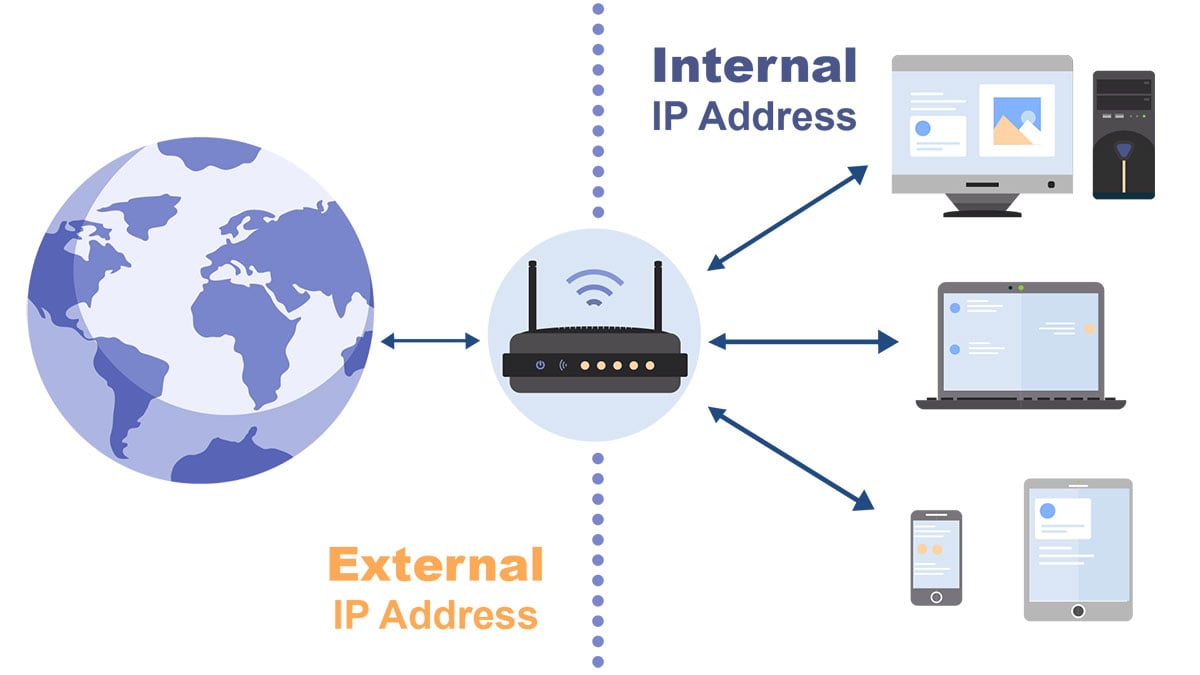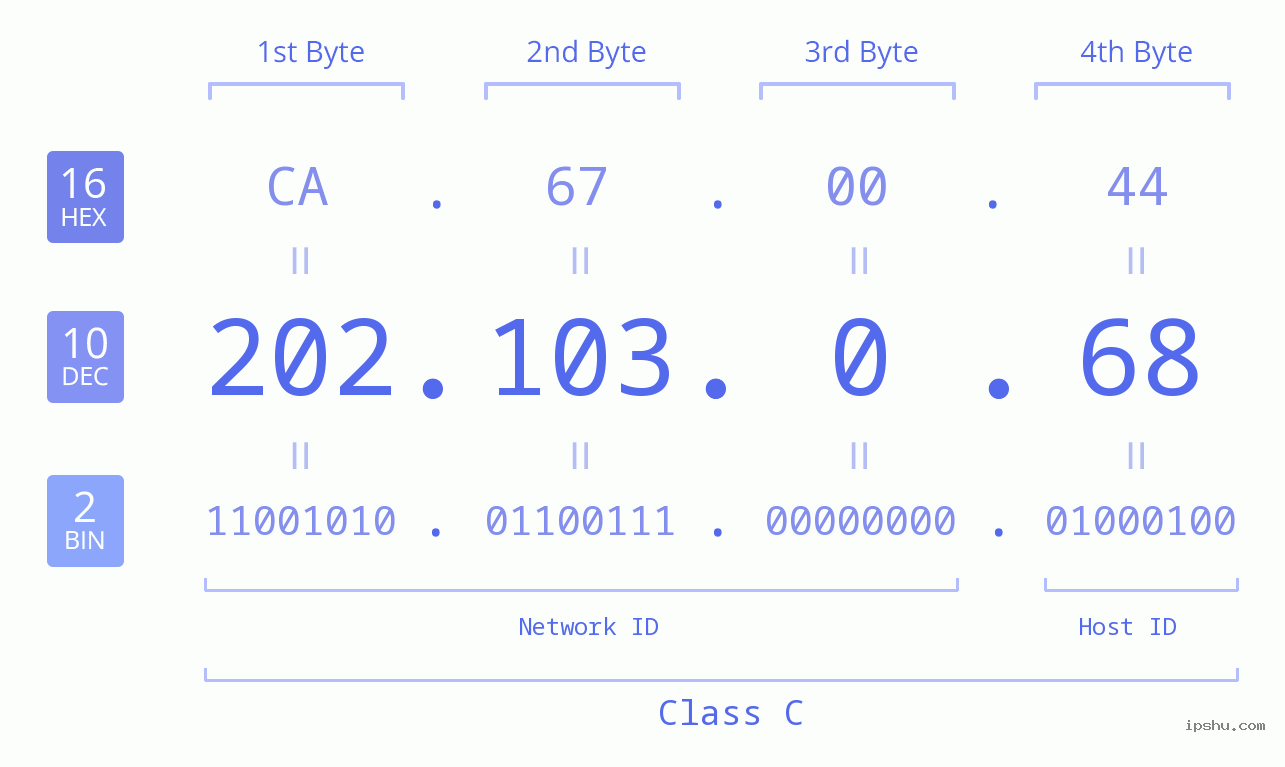
What is an IP address?
The IP address is usually expressed in the form of (a.b.c.d) in "dot-decimal", where a, b, c, and d a
- 2022-07-16 22:06:57
- Instruction

What are public IP addresses, private IP addresses and reserved IP addresses?
What’s a reserved IP address?What’s a private IP address?What’s a pu
- 2023-01-09 10:56:52
- Instruction

Exploring Different IP Address Types and Their Differences!
IP addresses can be classified into static IP addresses and dynamic
- 2023-05-23 09:31:50
- Information
 IP
IP



